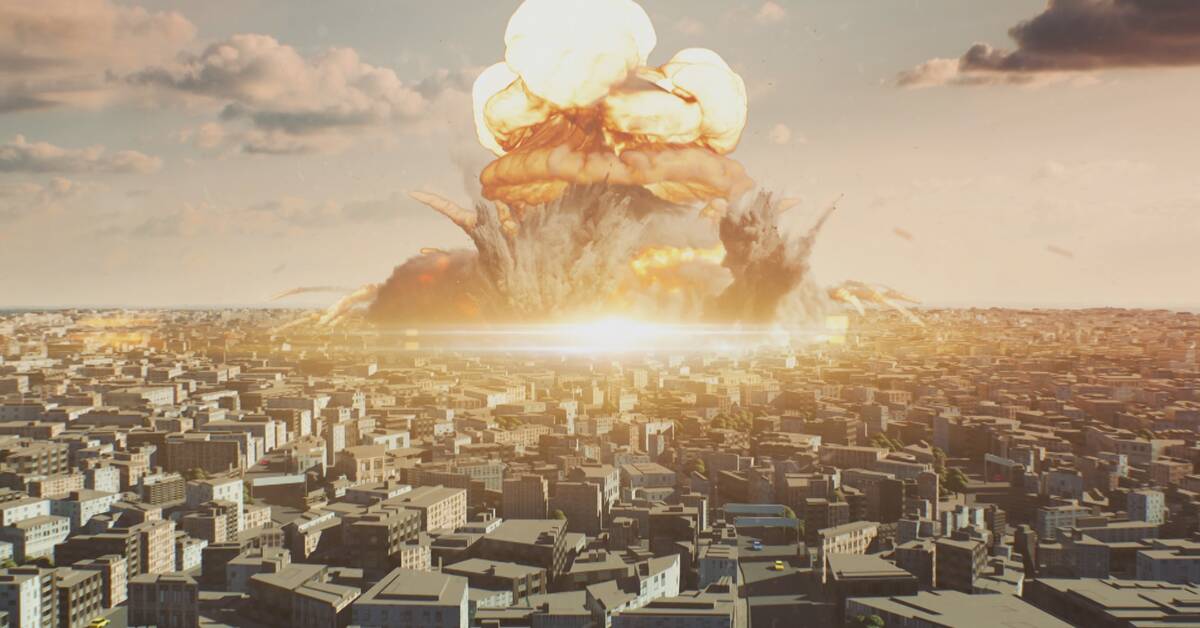Scientists in Cyprus have simulated the explosive power of strategic nuclear weapons using supercomputers.
In the video, you see what happens in detail to those who are so many kilometers away from the blast that their houses do not collapse.
Since the start of the Ukraine war, Russia has rattled off its nuclear weapons and many neighboring countries have therefore reviewed their safeguards.
New simulation more detailed
- People must take it as seriously as generations in the 50s and 70s did, says Professor Dimitris Drikakis, who is chairman of the Research Institute for Defense and Security at the University of Nicosia in Cyprus.
In the 1950s to the 1970s, field tests were carried out on the effect of nuclear weapons, but then the computer power was lacking for the kind of very detailed simulations that have been done now.
The new study concerns the effect of a strategic nuclear weapon with a high explosive power of 750 kilotons.
It can be compared to the Hiroshima bomb in 1945, which was 15 kilotons.
In an atomic bomb explosion, people die immediately near the epicenter and almost all infrastructure is razed to the ground by the shock wave itself.
A few kilometers away, it is the radiation and heat that start fires that do the most damage.
But the shock wave is still sufficient even seven kilometers away from the impact to shatter windows and throw people into walls and seriously injure them.
The force can be up to 18 times the body weight.
May lead to better protection of civilians
- In the event of a nuclear explosion, you must take shelter further into the building, away from windows.
Preferably for rooms that have no openings in the direction of the explosion.
If you don't have time to do that, stand in a corner as far from the windows as possible and your chances of survival will increase, states Dimitris Drikakis, who is behind the new study.
- The study is interesting not least when you want to review the protection of civilians in the build-up of total defence, says Martin Goliath who is a researcher on nuclear weapon effects at the Total Defense Research Institute.

